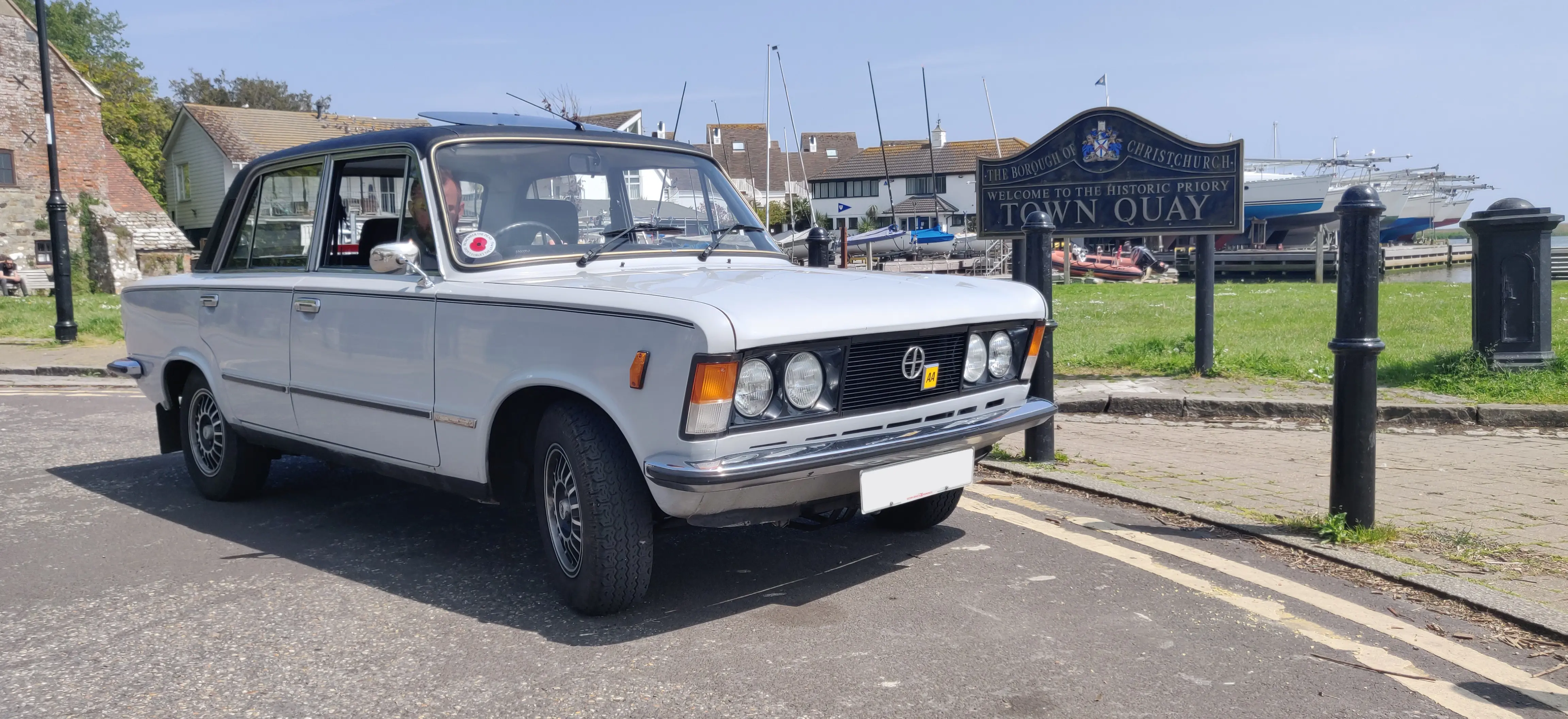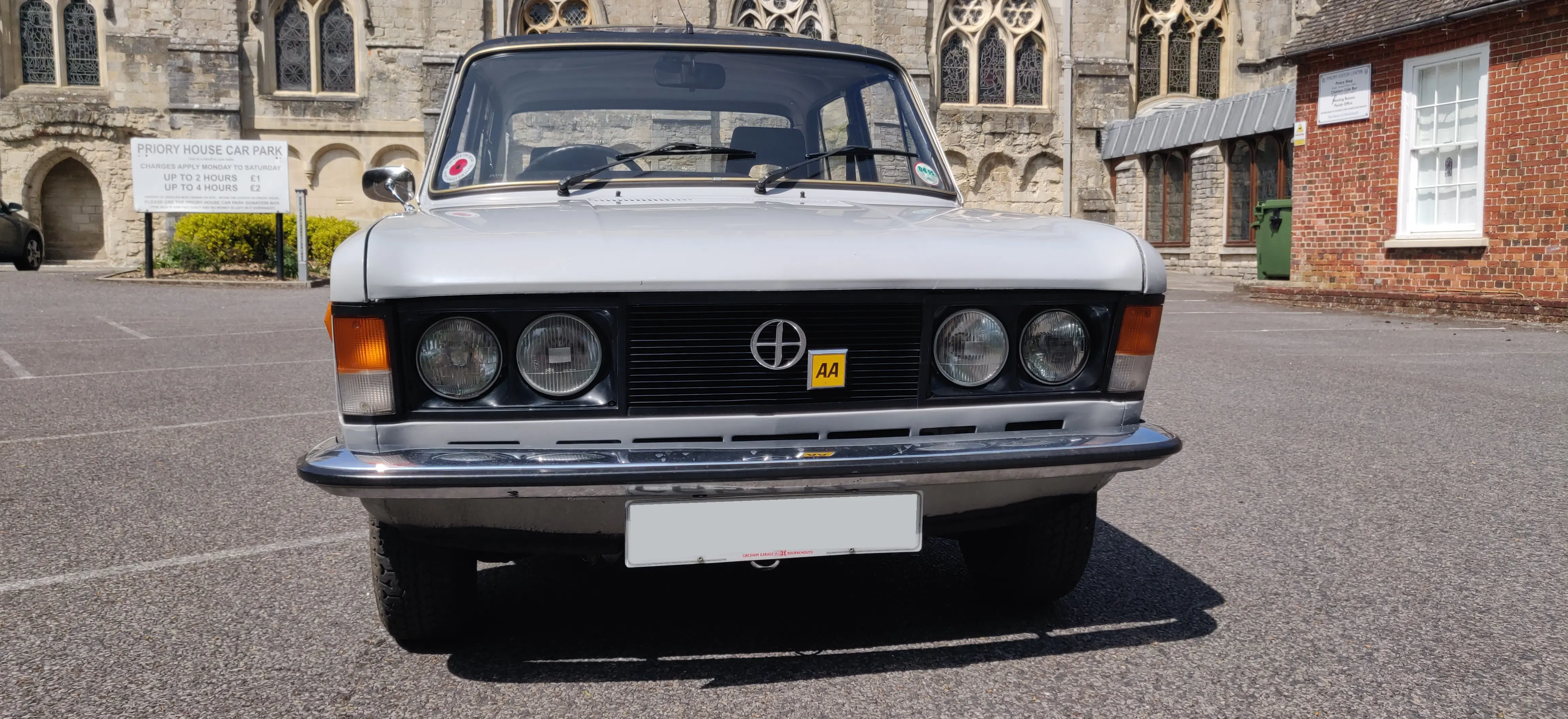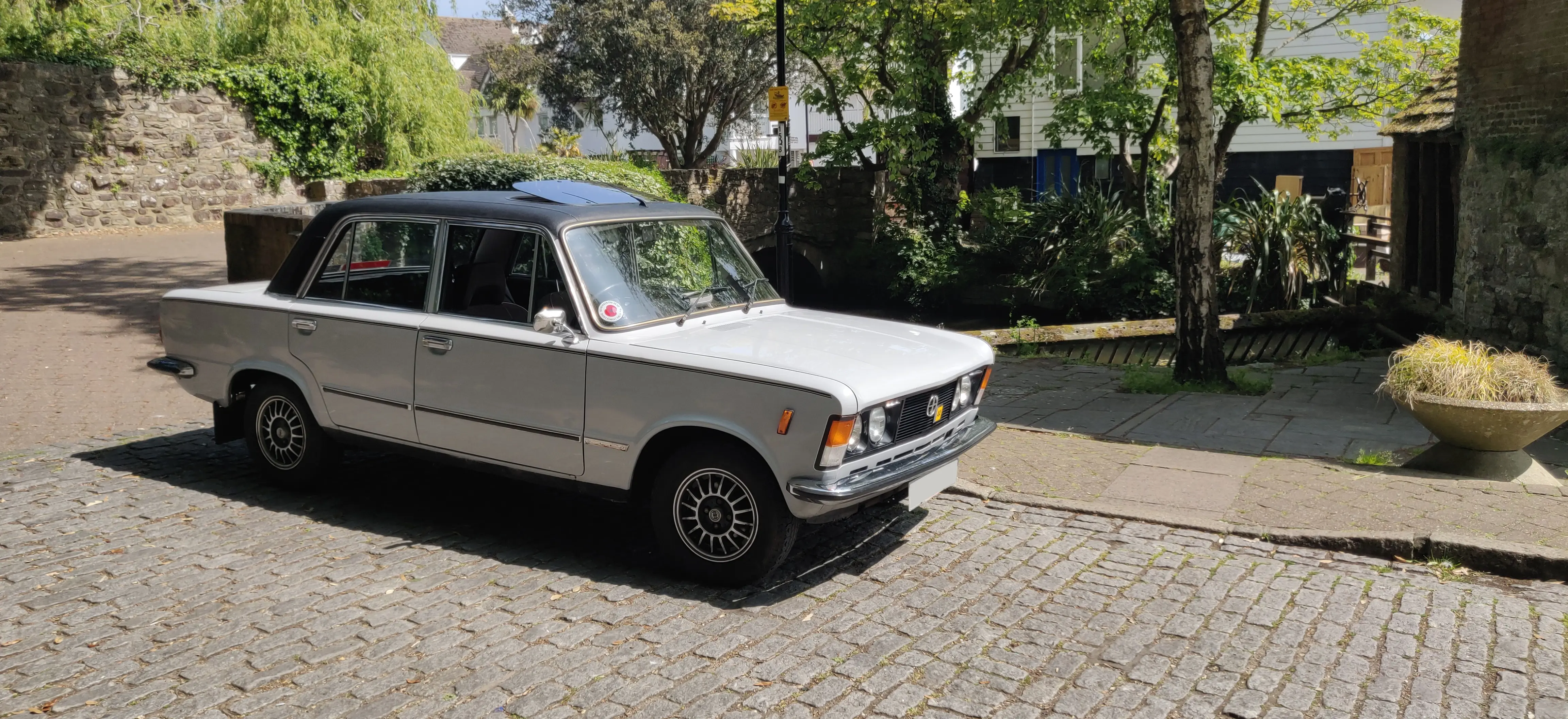Meet The Owner – Łukasz Matczak, Bartosz Ciemięga and their FSO 1300
18 October 2024
Between 1967 and 1991, the Fabryka Samochodów Osobowych (Passenger Automobile Factory or FSO) near Warsaw built nearly 1.5 million of the 125p family. Forty-eight thousand, three hundred and seventy found buyers in the UK, typically appealing to those who wanted the Lada 1200 formula on a larger scale. Yet, today, Łukasz and Bartosz’s 1985 FSO 1300 is one of the very few RHD examples left – survivors might be in single figures.

The 125p came about partially because of FSO’s need to earn Western currency. They considered a partnership with Renault, but eventually, on December 22 1965, Fiat granted the state-owned concern the licence to build 70,000 cars per year. In appearance, the 125p seemed very similar to the 1967 Fiat 125, itself a larger and more powerful version of the 124.
However, in terms of engineering, the two occupied very different market sectors. The Italian parent car was a sports saloon of note with an OHC power plant, rivalling the Renault 16TS and the Ford Cortina 1600E, and tempting Alfa Romeo drivers from their Giulia Supers. Meanwhile, the 125p used the Fiat 125’s disc brakes, with the pushrod engines, suspension, gear change and dashboard of the 1961-1968 1300/1500.
FSO launched the 1.3-litre model on November 28 1967, with sales beginning in March 1968. The first buyers were either party officials or those who could pay in dollars. A 1.5-litre version followed in the summer of 1969, and the company marketed the 125p under the ‘Polski-Fiat’ brand with an eye to export territories.

When FSO signed the licence agreement with Fiat, they were already considering sales to the West, where the 125p was usually regarded as cheap transport. By contrast, the domestic price was 185,000 zlotys, or around seven years’ wages for the average worker. UK sales began in August 1975 via the concessionaire who also imported Mazdas, with a network of 80 dealers.
Autocar thought the 125p the best of the Eastern Bloc imports, and Motor Sport found it “a proper motor car, practical, sturdy, well-finished”, and Car magazine thought the Polski-Fiat “could not be faulted in terms of value for money as all-round family saloon”. The Guardian reported the first shipment sold out within a week, and such commercial success is easy to appreciate within the context of the time.
Nearly 50 years ago, a Ford Cortina-sized saloon with a reversing light, laminated windscreen, cigarette lighter, electric screen washers, quad headlamps, reclining front seats and even a hand throttle for just £1,159 represented considerable value for money. Regarding the 125p’s rivals, a Lada 1200, which offered less space, was £1,199, and an Escort Popular, with very little standard equipment, was £1,299. FSO also made a practical estate version with no direct Fiat origins – the agreement with Turin allowed for flexibility in the model line-up.

Even in 1975, the 125p did not look especially contemporary – nor did it stand out on British roads at that time. Forty-nine years ago, BMC “Farinas”, Cortina Mk.2s and other 1960s designs were still regularly seen on the road, so the Polski-Fiat did not look outrageously dated. Equally importantly, many buyers did not care about its strip speedometer and lines from when The Monkees were in the Top Ten. They wanted straightforward engineering, space and value for money, all for less than the cost of a Mini 850 at £1,248.
The Polski-Fiat brand ceased in 1983, with the end of the agreement with Turin, the 125p becoming the FSO 1300 and 1500. When Łukasz and Bartosz’s 1300 was registered, the price was £2,849, when an Austin Metro City was £3,999, a Yugo 311 was £2,999 and a Fiesta Popular was £4,079. By then, the FSO 1500’s looks were on the cusp of “dated” and “1960s Retro”, but owners were more impressed with the vinyl-clad top and the sunroof.
Production of the 1500 ended on June 29 1991. Daewoo acquired FSO four years later, and imports of the marque ended in 1997. We shall return to Lukasz’s 1500 later this year, to learn more of the history of this very rare car. In the words of the sales campaign: “More Common Sense Than Expensive”.
With thanks to Łukasz Matczak for his time and permission to use the images in this blog.
